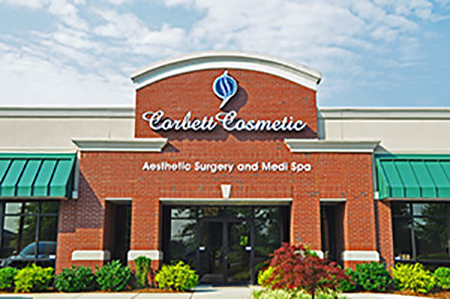The real answer is you should really never get in a tan bed. The science is pretty solid behind the fact that tanning beds can increase your risk for skin cancer. So you are reading this and thinking “Ok, I am tired of hearing that, now answer my question!”.
If you are considering Plastic Surgery, here’s your answer.
From a post surgery standpoint the response is based on skin color changes. When we make a surgical incision we are wounding the skin. In response to this wounding, the cells that produce pigment, our melanocytes, are prone to over-produce pigment. This is what makes the skin on either side of some incisions turn dark. Well, sun exposure obviously is another cause for melanocytes to rev up their production. That is why we tan. So, you have cells that already are in an ‘excited’ state, ready to pump out pigment and then you expose them to a second strong stimulus to produce pigment, and voila, you end up with a hyperpigmented scar.
I recommend that you wait at least 6 weeks before exposing any fresh incision to a tan bed. If you are dark complected, a person who always gets a great tan without ever burning, I would wait a solid 3 months and the longer the better. But when in doubt, refer back to my opening statement.
Lee Corbett, MD
https://www.corbettcosmeticsurgery.com
502.721.0330
All posts on this blog are authored by Louisville, KY plastic surgeon Lee Corbett, MD.


 Latisse is the new product that improves the length and thickness of your lashes.
Latisse is the new product that improves the length and thickness of your lashes.
